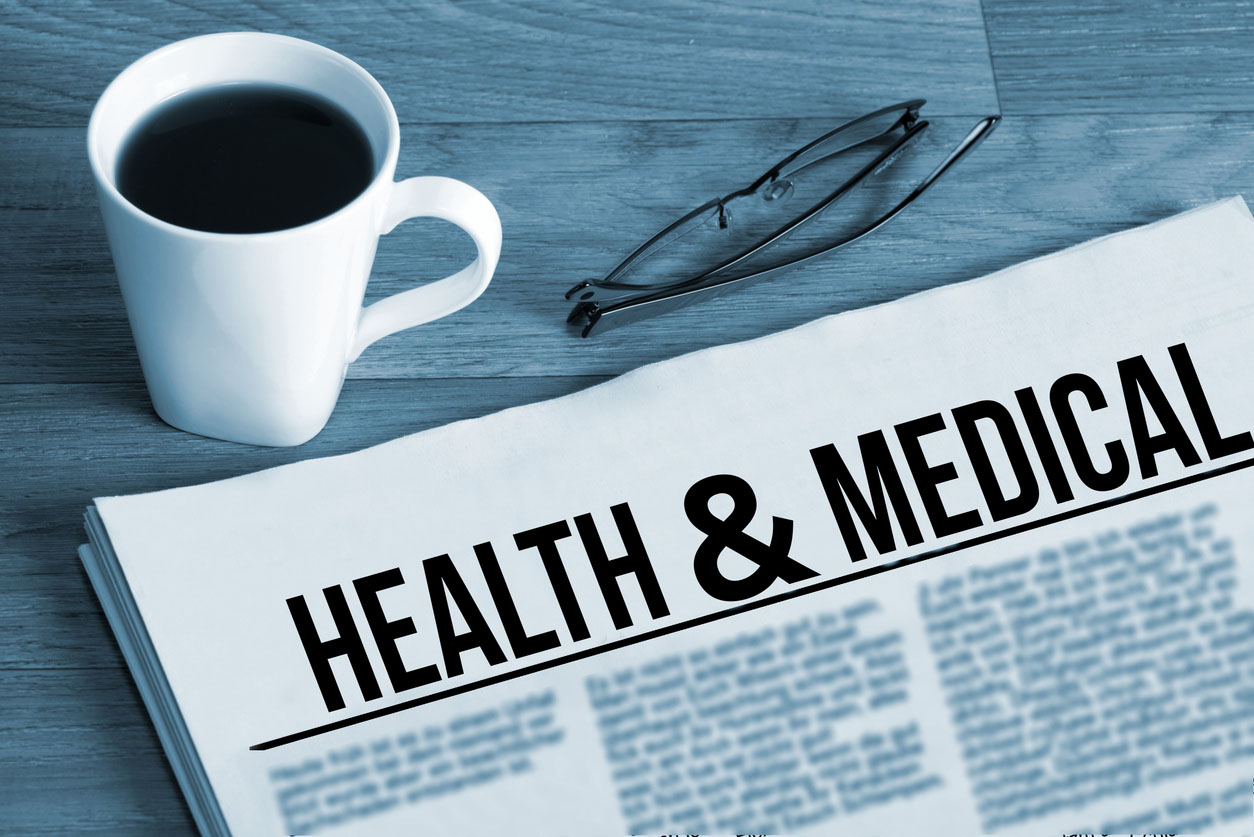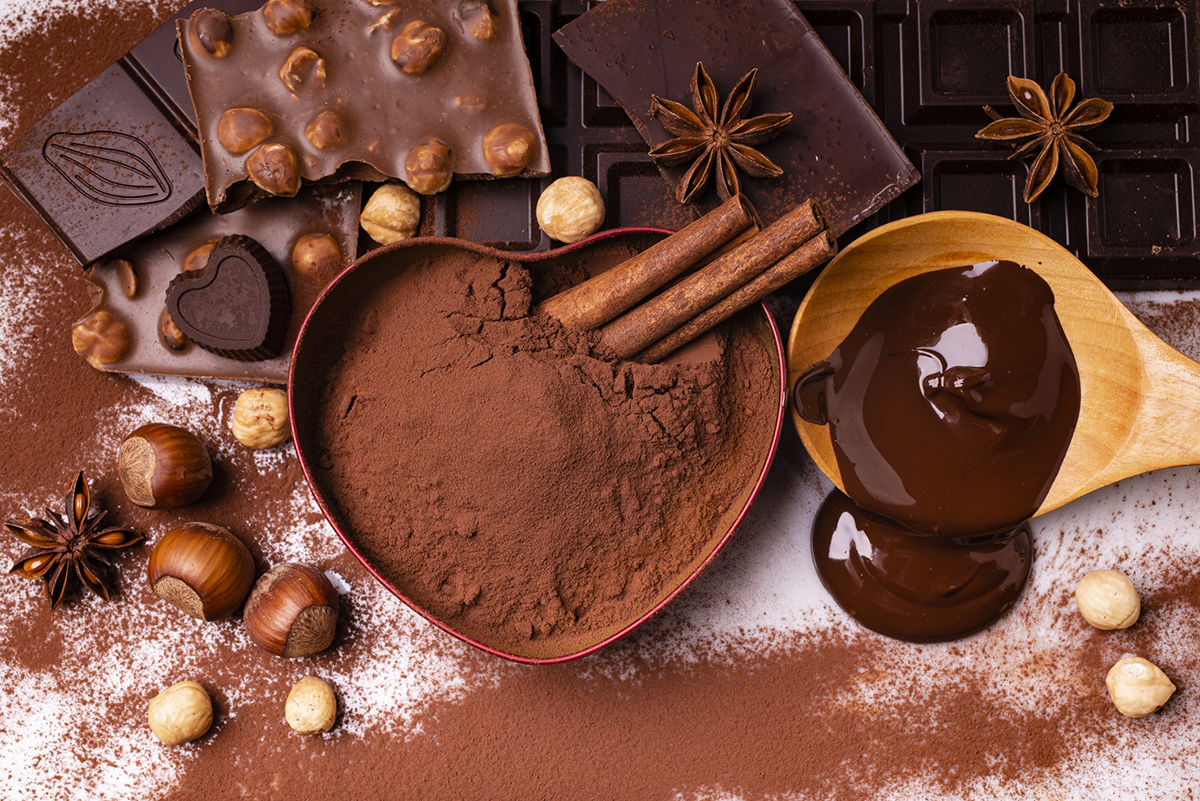It’s been conclusively demonstrated that people who take cholesterol-lowering statin drugs—especially women—are more prone to Type 2 diabetes, the kind associated with being overweight. So much so that the FDA issued a black box warning saying that statin drugs could raise blood glucose levels in people at high risk of Type 2 diabetes—precisely the population of mild-to-moderately-overweight individuals thought to be the best candidates for cholesterol-lowering.
The FDA hastened to add that the cardiovascular benefits of statin use outweigh the risk of developing diabetes—up to 30% in some studies. Health authorities worry that this inconvenient truth might deter some people from taking statins, even if they really “need” them.
I’m not completely averse to prescribing statins. Unlike some of my natural medicine colleagues, I believe there are some demonstrable protective effects of statin drugs, albeit for a minority of patients who really are at high risk, or alternatively who aren’t motivated enough to avail themselves of diet, exercise and supplements as more comprehensive fixes.
But it’s time to face up to it: Statins really might make you fatter!
The issue was first identified in 2014 after a paper was published in the Journal of the American Medical Association.
The researchers discovered that calories and fat intake increased among statin users as compared to non-users; moreover, over the 10 year study period, statin users gained more weight.
With classic understatement reserved for serious scientific papers, the study authors conclude: “Efforts aimed at dietary control among statin users may be becoming less intensive.” In other words, with the “moral hazard” of high cholesterol removed, statin users may have become disincentivized to limit their food intake or work out.
JAMA’s editor, Rita Redberg MD, even appended this note: “Focusing on cholesterol levels can be distracting from the more beneficial focus on healthy lifestyle to reduce heart disease risk.” I’ll say!
That’s not all. Much has been said about the effects of statins on exercise performance. The authors of a 2015 review write: “Statin-associated musculoskeletal side effects, exacerbated by recommended physical activity, could lead to reduced statin use in individuals who would benefit from statin therapy.”
They note that “statin-associated myopathies [muscle pain and weakness] can occur in up to 11% of patients in the geriatric population.” Further, they conclude:
“When exercise training and statin medications are combined, patients are at risk for specific side effects. Muscle-related problems, decreased athletic performance, musculoskeletal derangements, and fatigue are among the most common problems. Symptoms of myopathy most commonly occur in proximal muscles, and symptoms such as muscle cramps most commonly occur at night.”
And these problems can be insidious and are not normally revealed by routine blood tests. They’re easily passed off as merely the effects of “aging.”
If you’re experiencing muscle aches, a decrease in exercise endurance or strength, or nighttime muscle cramps, have you asked yourself “Could it be due to my cholesterol meds?”
The authors cite CoQ10, vitamin D and L-carnitine as plausible ways of partially offsetting the muscle effects of statins but conclude that it basically boils down to reducing statin dosing, switching meds—or reconsidering the necessity of taking them altogether!
So statin users may eat more, exercise less and gain more weight, negating the drugs’ preventive effects!
But there’s more. An entirely new mechanism has just been discovered that may explain why statin users put on the pounds. It has to do with brown fat.
Recall in a previous article entitled “Chill out–it may be healthy for you!” I talked about the upsides of cold exposure:
“Cold induces upregulation of brown fat. In fact, it’s now been demonstrated that our overheated homes and offices may be responsible, at least in part, for the current epidemic of obesity. Never subject to cold stress, we lose our stores of brown fat.”
We may think of our body fat as an unmitigated scourge, but just as with cholesterol, there’s the good kind and the bad kind. White adipose tissue is a repository for the lardlike stuff that keeps us from looking “shredded” and is a storage depot for excess calories.
Brown adipose tissue, until recently, was thought to be present in infants, but disappears in adulthood. Rodents like bats and mice were thought to retain significant amounts of it as they matured, but not humans.
Brown fat cells can be thought of as an adaptation to cold temperatures; they can be invoked to provide a thermogenic boost. Hence it’s a fat-burning fat! New imaging techniques reveal that adults have tiny repositories of brown adipose tissue. And excitingly, cold exposure—like having experimental volunteers sit in their skivvies for up to an hour at temperatures below 50 degrees—can expand your body’s population of brown fat cells!
That’s why turning your thermostat down, exposing yourself to the elements with outdooor activities in winter, and swimming in cool water can help you preserve your brown fat cells, and help upregulate fat-burning from your white fat.
But brand new Swiss research suggests that statins reduce the formation of brown adipose tissue; it’s possible that statins’ tendency to increase the risk of Type 2 diabetes, is due, at least in part, to their retardation of metabolically healthy brown fat.
While acknowledging this drawback, the authors of the Swiss study reaffirm their belief in statins.
But none of the above concerns are likely to be shared with you by your conventional MD as they attempt to downplay the risks of the cholesterol-lowering drug they assure you it’s in your interest to take.
Nevertheless, we need to weigh statins’ downsides; they don’t provide a “free ride” to a cardiovascular safe haven. While for some patients they’re worth the potential problems, for many others healthy lifestyle measures can supplant the need for statins.
You may feel better, and your mirror may reflect the results.
More at “You should get a second opinion on statin use—and here’s why”







